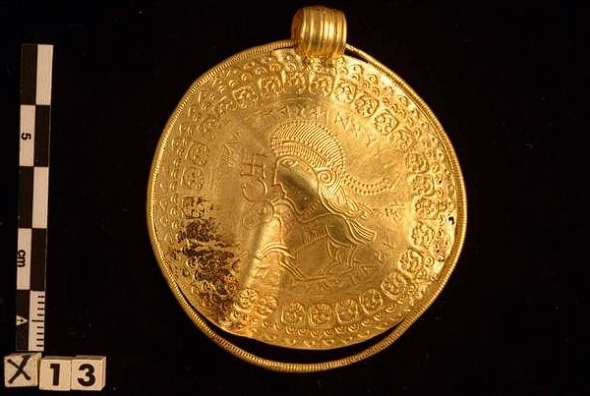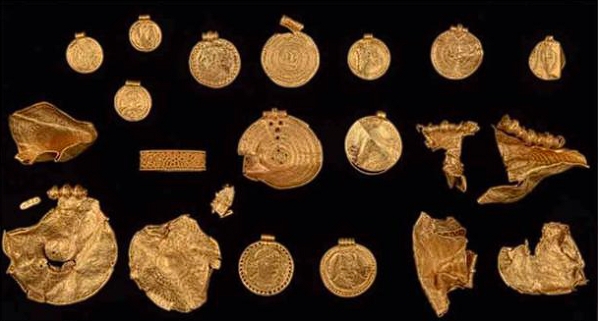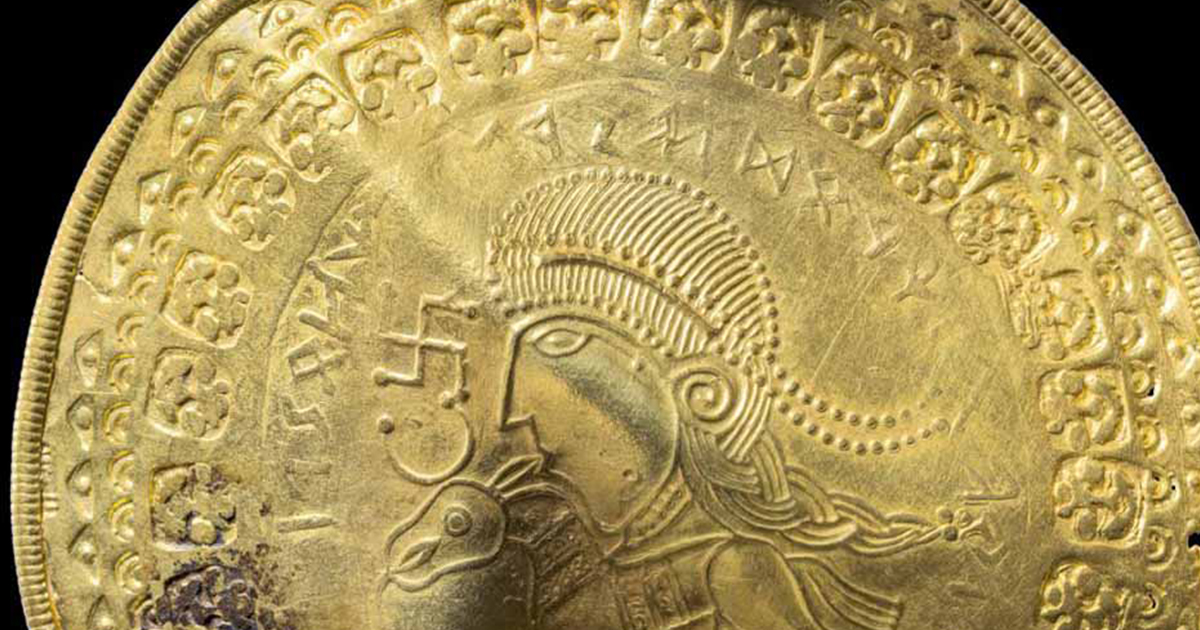Revealing the Hidden Tales of the Ancient Odin Inscription: Venturing into the Depths of Age-Old Norse Traditions
In the Early Glimpses:
A remarkable moment in archaeological exploration emerges with the revelation of the oldest inscription referencing Odin, the revered Norse god. Uncovered within a historic burial ground on Björkö, an island tucked in Sweden, this remarkable find offers new insights into the early worship of Odin, shedding light on profound aspects of the spiritual beliefs and practices of ancient Norse civilizations. Let’s embark on a journey through this captivating discovery and its impact on our understanding of Norse mythology.
Decoding the Mysterious Odin Inscription:
Discovered during excavations led by archaeologist Johan Callmer, the inscription is etched on a small bone fragment. This piece, believed to be part of a tiny amulet or charm, was unearthed in a burial mound dating back to the Viking Age, alongside various burial offerings and artifacts. The excavation site, Birka, was a bustling trading center during the 8th and 9th centuries CE.

Interpreting the Ancient Runes:
Consisting of two runic symbols – “u” and “o,” the inscription was identified as a symbolic representation of the name “Odin” after detailed analysis. This interpretation was reinforced by the presence of other items associated with Odin’s worship, such as miniature Thor’s hammers and depictions of ravens, which held special significance in his cult.
Historical and Cultural Significance:
The importance of this discovery cannot be overstated. Before this groundbreaking find, mentions of Odin only dated back to the 10th century, making the Björkö inscription at least a century older than any previously known evidence of Odin’s reverence. This revelation offers invaluable insights into the origins and evolution of Norse mythology.
Odin, the Allfather:
Odin, known as the Allfather, played a central role in Norse mythology, embodying aspects of wisdom, warfare, magic, and poetry. As the leader of the Aesir gods, he was revered for his insatiable thirst for knowledge. By exploring the beliefs and practices surrounding Odin in earlier times, scholars can gain a deeper understanding of how his attributes and significance evolved over generations.

Rituals and Devotion:
The Odin inscription provides clues about the rituals and devotions associated with the deity. The presence of Thor’s hammers and raven pendants suggests that these objects likely played a role as talismans or offerings in religious ceremonies dedicated to Odin. Further exploration of the burial site and its artifacts may reveal more about the customs and traditions of ancient Norse communities.
Cultural Legacy and Evolution:
The discovery of an ancient Odin inscription underscores the enduring reverence for the god throughout Norse history. The worship and mythology of Odin persisted through the ages, adapting to changing societal and cultural contexts. This finding emphasizes the lasting cultural heritage and deep reverence for this powerful deity among Norse civilizations.
Final Reflections:
The unearthing of the earliest Odin inscription at Björkö marks a significant archaeological milestone that illuminates the early worship of Odin and the spiritual practices of ancient Norse societies. This discovery challenges existing ideas about the timeline of Odin’s veneration, offering an opportunity to reevaluate the development of Norse mythology. As further excavations and scholarly investigations unfold, we anticipate a deeper understanding of the intricate beliefs and rituals that shaped the lives of our Norse ancestors.
